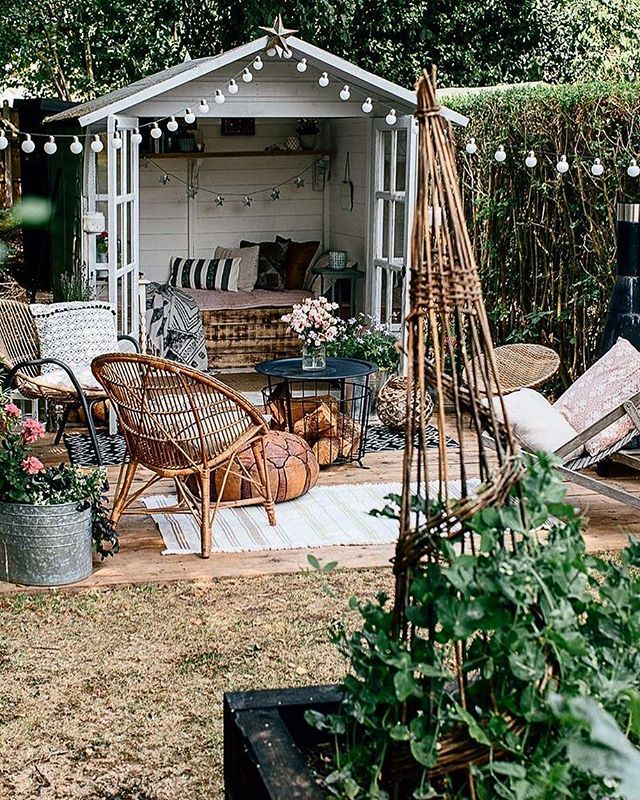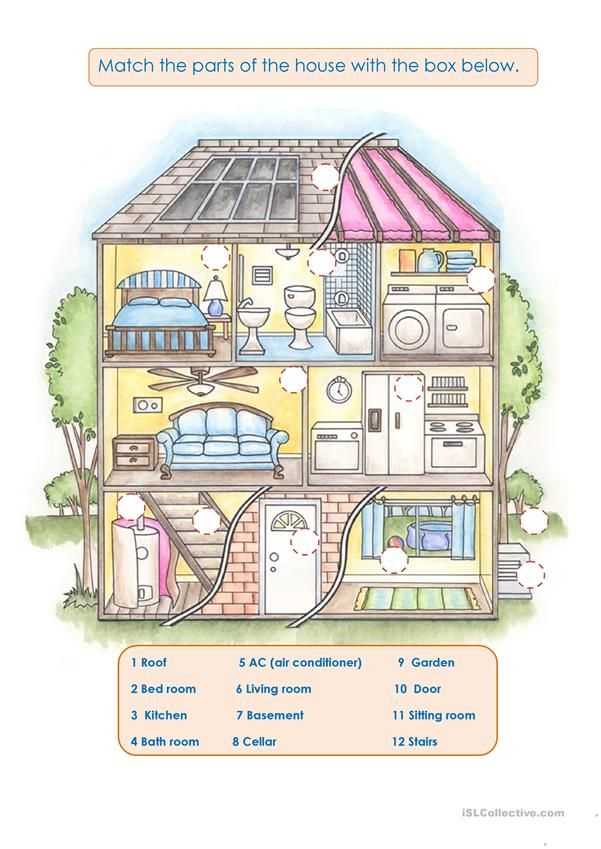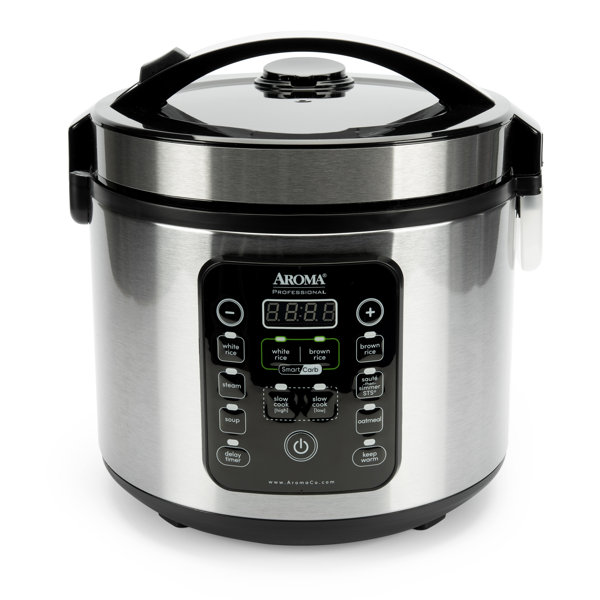Traditional christmas plants
12 Traditional Christmas Plants to Bring Home for the Holidays
The lush holiday flora and foliage is a sure sign of the festive season, but which Christmas plants will thrive in your South Carolinian home and garden? Talk to the experts at your local landscape and design center in Charleston, and learn a little about some wildly popular Christmas plants this year:
Poinsettia
The poster-child of holiday flora is the beautiful Poinsettia, which is actually a flowering shrub. Found widely in red and white varieties, this plant originated in Mexico and has been associated with Christmas for hundreds of years. Giving a potted Poinsettia for the Christmas table is a holiday tradition embraced by homes across North America.
Holly
Holly trees and shrubs are decorative plants that grow wild across the globe. Usually the plant features shiny leaves, small flowers, and red berries, though there are more than 400 species of holly in the world. Talk to your landscape professional about the best species of holly for the midlands grow zone.
Ivy
Christmas ivy comes from Europe and is used in yards and gardens to attract wildlife and nectar-feeding species. Holly is also used for ornamental reasons due to its attractive leaves and association with the Christmas season. Christmas holly also features bright berries, which are a food source for at least 16 different kinds of birds.
Christmas Cactus
Have you ever given or been gifted a Christmas Cactus? The Christmas cactus is known for its bright flowers, usually pink or red, and waxy foliage. It blooms over the Christmas season, hence the species’ name. Christmas cactus are native to Brazil where they grow wild on the surface of rocks and trees.
Conifers
What is more traditional that a green Christmas tree? Bring Conifers home for the holidays, in pots or to plant in your yard. Fall is an excellent time for planting conifer shrubs and trees in the southern United States, so think ahead. Consider using a living tree for the holiday festivities and replanting it outside after Christmas is over.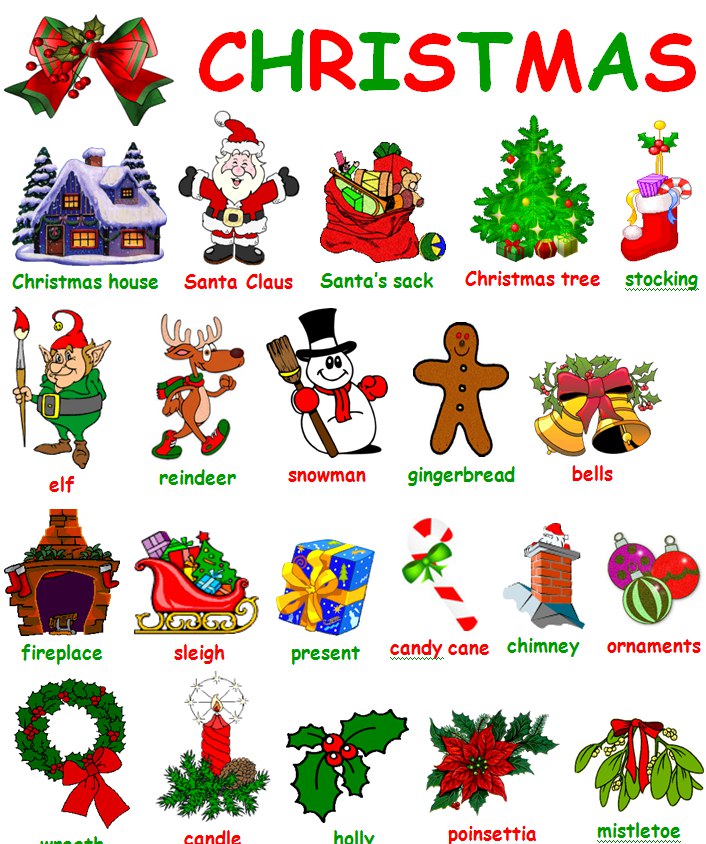
Mistletoe
Mistletoe is a global symbol of peace and goodwill during the holidays, and the ‘kiss-under-the-mistletoe’ remains a Christmas tradition today in many countries. Mistletoe provides beautiful green foliage with tiny white flowers and berries that are perfect for this festive season. Furthermore, mistletoe is a high-end food source for wildlife globally, which makes it an eco-friendly choice for this year.
Myrrh
Myrrh dates back centuries and is derived from a small tree in regions of the Middle East. Myrrh is believed to have medicinal properties and is still used by Chinese and Egyptian homeopaths to treat some illnesses. Myrrh has a sentimental symbolism that makes it an ideal foliage to use in your displays during the holiday season.
English Primrose
English primrose blooms winter to spring, so it is perfect for your holiday table or arrangements. The big, beautiful blooms are bright and clustered, creating a gorgeous gift or centerpiece. The colors of the flowers vary depending on the species, climate, and conditions.
The colors of the flowers vary depending on the species, climate, and conditions.
Frankincense
Just like Myrrh, Frankincense comes from the Middle East, primarily Yemen, and is a sign of the holidays that resonates with Christians and spiritualists widely. Frankincense grows best in high-altitudes and mountainous terrain historically, and it has become a symbol of wealth in many cultures.
Paperwhites
Paperwhites are perennials grown from bulbs that bloom inside during winter. This makes paperwhite bulbs a great gift idea. Paperwhite bulbs use little soil to plant and they flower within five or six weeks. The smell is fragrant, delightful, and the crisp white color contrasts the vibrant green foliage for a spectacular seasonal arrangement.
Camellia
Camellia blooms in fall through winter, so it is ideal for adding color to your yard, garden, and table during the festive Christmas season. One Camellia, species, ‘Yuletide’, yields bold red flowers and dense foliage, often growing up to five-feet in height.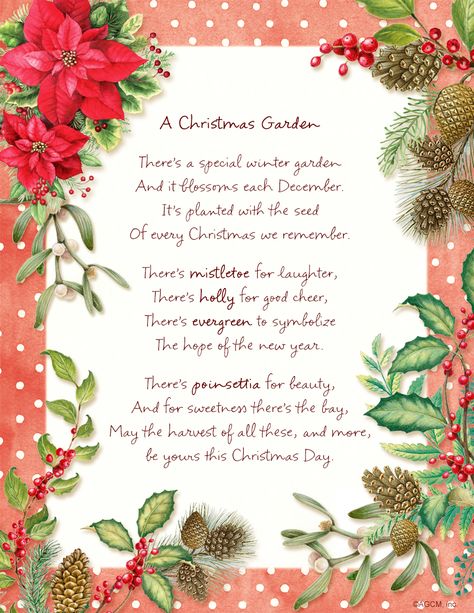 Camellia spreads, too, so it makes a great winter hedge or border.
Camellia spreads, too, so it makes a great winter hedge or border.
Amaryllis
Give someone you care about an Amaryllis bulb for the holidays; they typically flower around the holiday and are remarkably easy to bloom. You will find Amaryllis in a variety of colors including red, white, orange, and pink, and the blossoms are large and dramatic.
There are other traditional options that require a bit more commitment in terms of greenspace and maintenance. Some examples include cranberry, pear, and Valencia orange trees. Make sure to check your locations hardiness zone before investing in these edible holiday plants and trees.
For the very-best in traditional Christmas plants, visit Terra Bella Garden Center, your local garden & landscape design center in Charleston. Talk to their experts about hardy native varieties for your holiday festivities.
22 Popular Christmas Flowers and Plants
By
David Beaulieu
David Beaulieu
David Beaulieu is a landscaping expert and plant photographer, with 20 years of experience. He was in the nursery business for over a decade, working with a large variety of plants. David has been interviewed by numerous newspapers and national U.S. magazines, such as Woman's World and American Way.
He was in the nursery business for over a decade, working with a large variety of plants. David has been interviewed by numerous newspapers and national U.S. magazines, such as Woman's World and American Way.
Learn more about The Spruce's Editorial Process
Updated on 11/15/22
The Spruce / Letícia Almeida
Several flowers, bushes, trees, and other plants are often grown and gifted around Christmastime. These holiday plants vary widely in both appearance and care requirements. Some are small and can be kept as potted plants indoors, while others are tall trees and shrubs requiring a roomy garden spot. But they all give off a festive vibe as living decorations during the winter season. If you want these plants to last through the holidays and beyond, it's important to know their specific care requirements.
Here are 22 plants to help you enjoy the holiday season and some tips about their care.
Tip
If you want to keep Christmas plants that need lots of light healthy until you can plant them outside in the spring, consider investing in grow lights. This will supplement the sunlight that comes through your windows.
This will supplement the sunlight that comes through your windows.
-
01 of 22
The Spruce / Letícia Almeida
Subtropical plants native to Mexico, poinsettias have evolved into a symbol of Christmas because of their festive red and green colors. Also, the shape of the poinsettia flower is said to symbolize the star of Bethlehem. Be sure not to overwater poinsettias, as they are susceptible to root rot. Water when the top 2 inches of soil feels dry, and make sure the container has adequate drainage. Also, poinsettias need lots of bright, filtered sunlight so they don't grow leggy.
- USDA Hardiness Zones: 9 to 11
- Sun Exposure: Partial shade
- Soil Needs: Loamy, well-drained
-
02 of 22
The Spruce / Letícia Almeida
Holly bushes always stay green and need little to no maintenance, even during the harshest winters.
 Its branches are filled with bright red berries around Christmastime, perfect for decking the halls. In ancient times, holly was considered good luck because it never died so people would send holly wreaths to friends and family. Just make sure you plant it in well-draining soil, as holly doesn’t tolerate waterlogging. Also, the soil must be acidic, as an alkaline soil pH can cause the leaves to turn yellow.
Its branches are filled with bright red berries around Christmastime, perfect for decking the halls. In ancient times, holly was considered good luck because it never died so people would send holly wreaths to friends and family. Just make sure you plant it in well-draining soil, as holly doesn’t tolerate waterlogging. Also, the soil must be acidic, as an alkaline soil pH can cause the leaves to turn yellow. - USDA Hardiness Zones: 5 to 9
- Sun Exposure: Full sun to partial shade
- Soil Needs: Moist, acidic, well-drained
-
03 of 22
The Spruce / Margot Cavin
It's tradition to kiss under the mistletoe during the holidays. Mistletoe itself naturally gets up close and personal with other plants. It's classified as parasitic because it attaches to a host tree via a root-like structure called a haustorium. The foliage is evergreen, and female plants will produce many white berries.
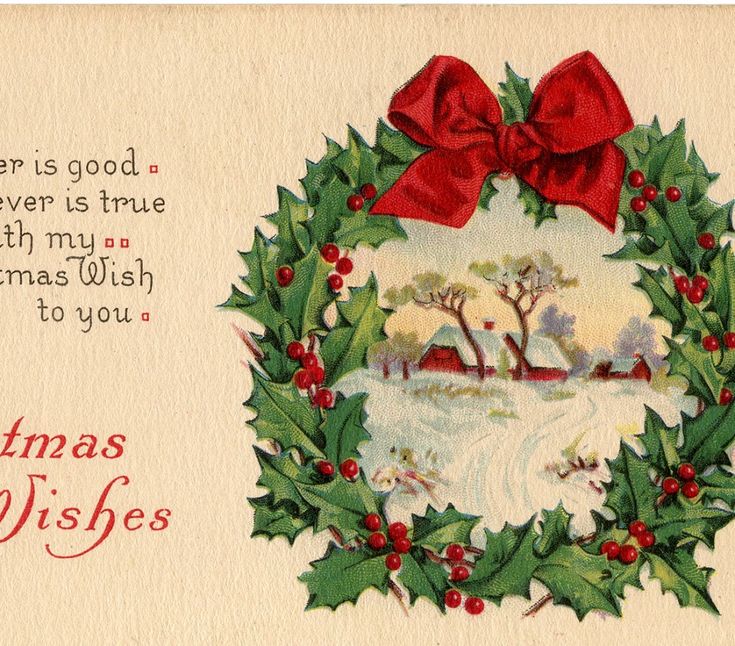 Mistletoe plants require very little care, but you must start with a healthy, established host tree.
Mistletoe plants require very little care, but you must start with a healthy, established host tree. - USDA Hardiness Zones: 5 to 9
- Sun Exposure: Partial shade
- Soil Needs: N/A
-
04 of 22
The Spruce / Adrienne Legault
With their vivid red berries and evergreen foliage, yew shrubs are slow-growing and low-maintenance plants. They can be used as an alternative Christmas tree, and their sprigs make lovely natural holiday decorations. Sharp soil drainage is critical for growing yews. Beyond that, they don’t need much besides potentially an annual fertilization and pruning for shape.
- USDA Hardiness Zones: 2 to 10 (depends on variety)
- Sun Exposure: Full sun to partial shade
- Soil Needs: Loamy, moist, well-drained
-
05 of 22
The Spruce / Cara Cormack
Ivy, with its festive star-like leaves, is another Christmas plant that symbolizes new growth and brings good luck by warding off evil spirits.
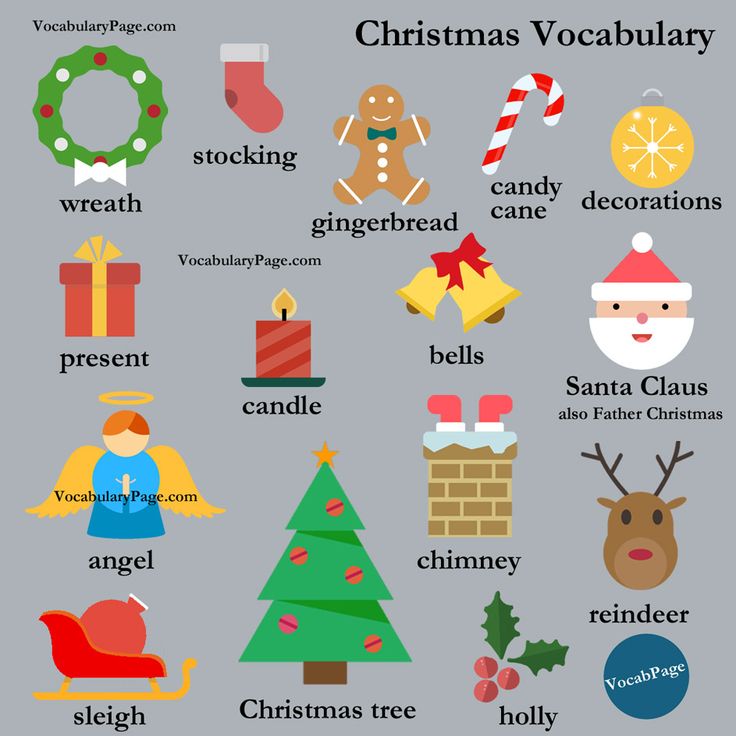 Ivy is a popular way to decorate Christmas wreaths and keeps green throughout the year. Ivy has a vigorous growth habit, so much of your care might involve pruning it back to where you want it. You also can provide it with a structure for vertical growth.
Ivy is a popular way to decorate Christmas wreaths and keeps green throughout the year. Ivy has a vigorous growth habit, so much of your care might involve pruning it back to where you want it. You also can provide it with a structure for vertical growth. - USDA Hardiness Zones: 4 to 9
- Sun Exposure: Partial shade to full shade
- Soil Needs: Loamy, well-drained
-
06 of 22
arlutz73 / Getty Images
Many people opt for a Douglas fir to be their Christmas tree. These dark green-needled evergreens can grow several stories high in the wild and bear around 5-inch cones. They have a reasonably tight pyramidal shape, which allows them to tuck nicely into a corner like a Christmas tree. But when planting, make sure you allow plenty of space. Also, ensure that the soil remains moist but not soggy.
- USDA Hardiness Zones: 4 to 6
- Sun Exposure: Full sun
- Soil Needs: Moist, well-drained
-
07 of 22
The Spruce / Kara Riley
The Christmas cactus is an unexpected plant for the holiday season, lacking the common evergreen needles and bright red berries.
 However, its colorful flowers bloom during Christmastime, coming in shades of pink to red. Unlike many succulents, this tropical plant needs a fair amount of water to remain healthy; water whenever the top 2 inches of soil feel dry.
However, its colorful flowers bloom during Christmastime, coming in shades of pink to red. Unlike many succulents, this tropical plant needs a fair amount of water to remain healthy; water whenever the top 2 inches of soil feel dry. - USDA Hardiness Zones: 10 to 12
- Sun Exposure: Partial sun
- Soil Needs: Loamy, moist, well-drained
-
08 of 22
The Spruce / Adrienne Legault
Blue spruce is another popular Christmas tree variety. It has a nice pyramidal shape with branches that bear green, blue-green, or silver-green needles. It also has a lovely, fresh, evergreen scent. Many use blue spruce boughs in wreaths and other decorations for their natural beauty and aroma. Maintenance is minimal for these trees. Mulching around the base (but not right up against the trunk) can help to retain soil moisture.
- USDA Hardiness Zones: 2 to 7
- Sun Exposure: Full sun
- Soil Needs: Loamy, moist, acidic, well-drained
-
09 of 22
Rikuo Natsuume / Getty Images
Amaryllis flowers are commonly grown as winter houseplants to add a pop of color to gray winter days.
 The plants take about six weeks after the bulbs are planted to flower. So plant in November if you want blooms around Christmastime. The trumpet-shaped blooms come in reds, pinks, and whites. As the plant is growing and flowering, water whenever the top 2 inches of soil become dry.
The plants take about six weeks after the bulbs are planted to flower. So plant in November if you want blooms around Christmastime. The trumpet-shaped blooms come in reds, pinks, and whites. As the plant is growing and flowering, water whenever the top 2 inches of soil become dry.- USDA Hardiness Zones: 8 to 10
- Sun Exposure: Full sun to partial shade
- Soil Needs: Loamy, well-drained
-
10 of 22
Nathan Blaney/Photodisc / Getty Images
Paperwhites are another popular flower to grow indoors over the winter. They feature clusters of small, fragrant, snowy white blooms atop tall green stems. All you have to do is put the bulbs in a container of water and gravel and wait for them to sprout. They take about four to six weeks from planting to blooming, so plan to start them in November for a Christmas bloom. As roots begin to develop, move the container to a sunny window.
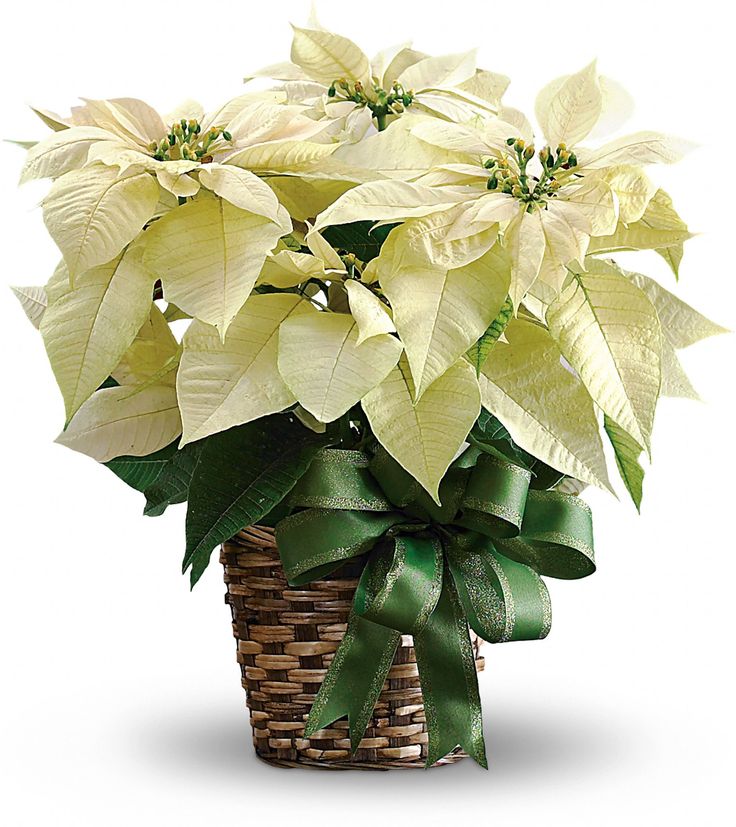
- USDA Hardiness Zones: 8 to 11
- Sun Exposure: Full sun to partial shade
- Soil Needs: Loamy, moist, well-drained
-
11 of 22
The Spruce / Kara Riley
You might not have a partridge, but you can grow a pear tree. There are early, mid-season, and late-season varieties of pear trees, which can extend your harvest into late fall and sometimes even winter, depending on the climate. Their late harvest is why pears are often seen in holiday dishes. Pear trees are generally medium-sized trees at around 30 feet tall, though there are dwarf varieties. They bear fragrant flowers that give way to the fruits. Pear trees are susceptible to disease in warm and wet weather, so ensure there’s good airflow around them and that you don’t overwater to the point where the soil is soggy.
- USDA Hardiness Zones: 4 to 8
- Sun Exposure: Full sun
- Soil Needs: Loamy, well-drained
-
12 of 22
The Spruce / Evgeniya Vlasova
The balsam fir is the quintessential Christmas tree.
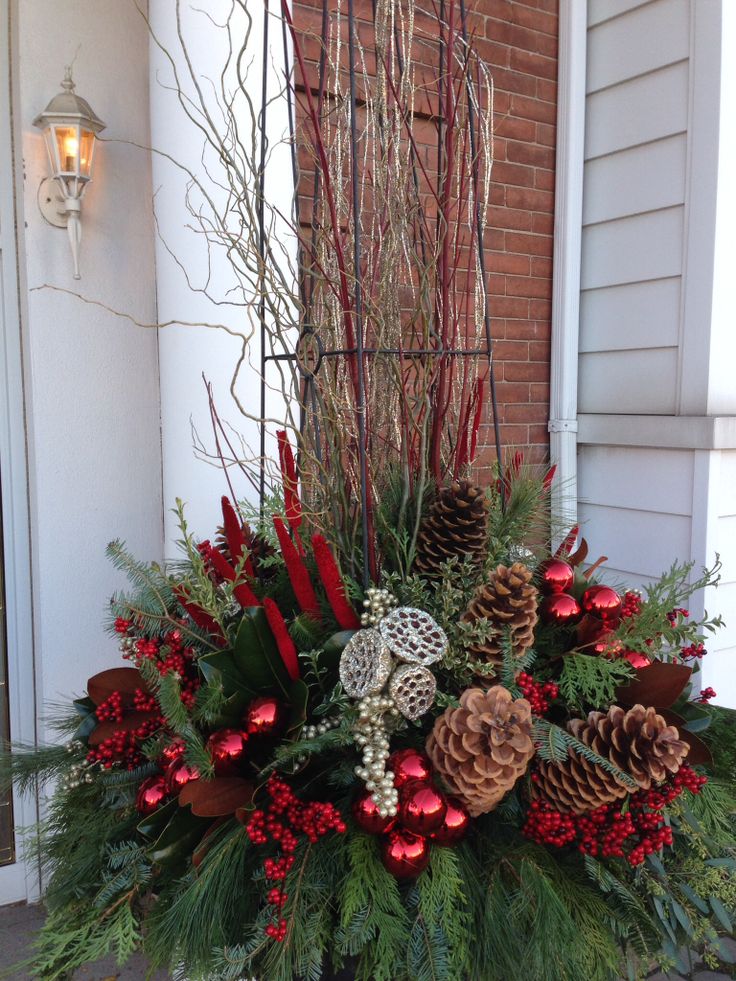 It has a strong evergreen scent, deep blue-green needles, and a beautiful conical form. It also has good needle retention, making it ideal for wreaths too. Good soil drainage is necessary for growing balsam firs. But add mulch around the base to help retain moisture. Young trees need roughly weekly deep watering, but established trees only need water during prolonged periods of drought.
It has a strong evergreen scent, deep blue-green needles, and a beautiful conical form. It also has good needle retention, making it ideal for wreaths too. Good soil drainage is necessary for growing balsam firs. But add mulch around the base to help retain moisture. Young trees need roughly weekly deep watering, but established trees only need water during prolonged periods of drought. - USDA Hardiness Zones: 3 to 6
- Sun Exposure: Full sun to partial shade
- Soil Needs: Loamy, moist, acidic, well-drained
-
13 of 22
Syntheticmessiah / Getty Images
Juniper plants are associated with Christmas thanks to their evergreen needles. They also boast a lovely fragrance. There are wide varieties of juniper that range from low-growing ground covers to shrubs and trees. Some people even use them as Christmas trees. Care is minimal for juniper. Young plants require evenly moist but not soggy soil, and they might need staking until they’re established to ensure they grow upright.
 But mature plants mostly care for themselves.
But mature plants mostly care for themselves. - USDA Hardiness Zones: 4 to 8
- Sun Exposure: Full sun to partial shade
- Soil Needs: Loamy, sandy, well-drained
-
14 of 22
The Spruce / Randi Rhoades
Rosemary is a frost-sensitive plant, but it's become associated with Christmas due to people trimming it into a Christmas tree-shaped topiary. Rosemary Christmas trees look like mini fir trees, thanks to their green-needled foliage. And they smell divine. Ensure that your rosemary has good drainage, and don't water until the top few inches of soil have dried out. They like at least six hours of direct sun per day, so you might need to add grow lights indoors if you don't have a bright enough window.
- USDA Hardiness Zones: 8 to 10
- Sun Exposure: Full sun
- Soil Needs: Sandy, loamy, well-drained
-
15 of 22
The Spruce / Kara Riley
Camellia is an evergreen shrub with an oval to pyramidal shape that reaches roughly 6 to 10 feet tall and wide.
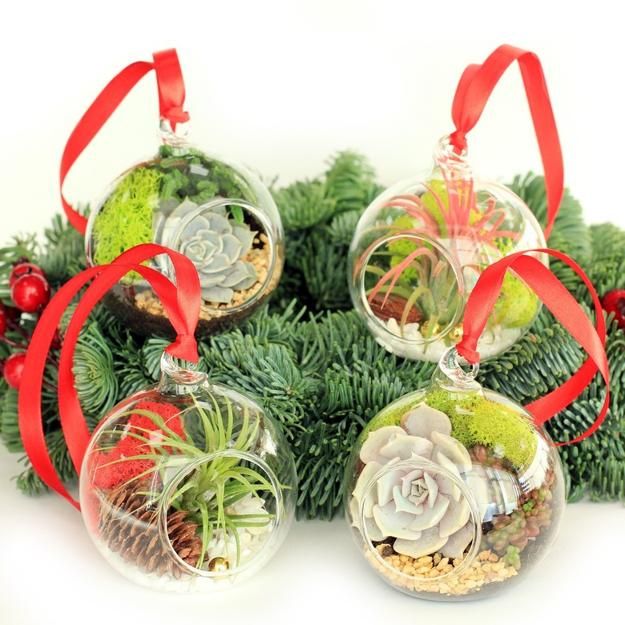 It features dark green foliage and bears flowers in the winter in some climates. The Yuletide variety in particular has bright red blooms that look especially festive for the Christmas season. Plan to fertilize annually in the spring to keep your plant vigorous, and prune as needed after flowering for size and shape.
It features dark green foliage and bears flowers in the winter in some climates. The Yuletide variety in particular has bright red blooms that look especially festive for the Christmas season. Plan to fertilize annually in the spring to keep your plant vigorous, and prune as needed after flowering for size and shape. - USDA Hardiness Zones: 7 to 9
- Sun Exposure: Full sun to partial shade
- Soil Needs: Loamy, moist, well-drained
-
16 of 22
Winter Honeysuckle (Lonicera fragrantissima)
Hsvrs/Getty ImagesWinter honeysuckle is a delight in the winter garden, contrasting the drab, gray overcast days with snow-white or cream-colored flowers. It blooms during the winter giving off a pleasant, sweetly fragrant scent. It also features dark green evergreen leaves and small bright red berries.
- USDA Hardiness Zones: 4 to 8
- Sun Exposure: Full, partial
- Soil Needs: Moist, well-drained soil; chalk, clay, loam, or sand
-
17 of 22
The Spruce / Helen Norman
Norfolk Island pine is not a true pine but is a subtropical conifer that prefers a little humidity; it does well as a houseplant as long as its moisture needs are met.
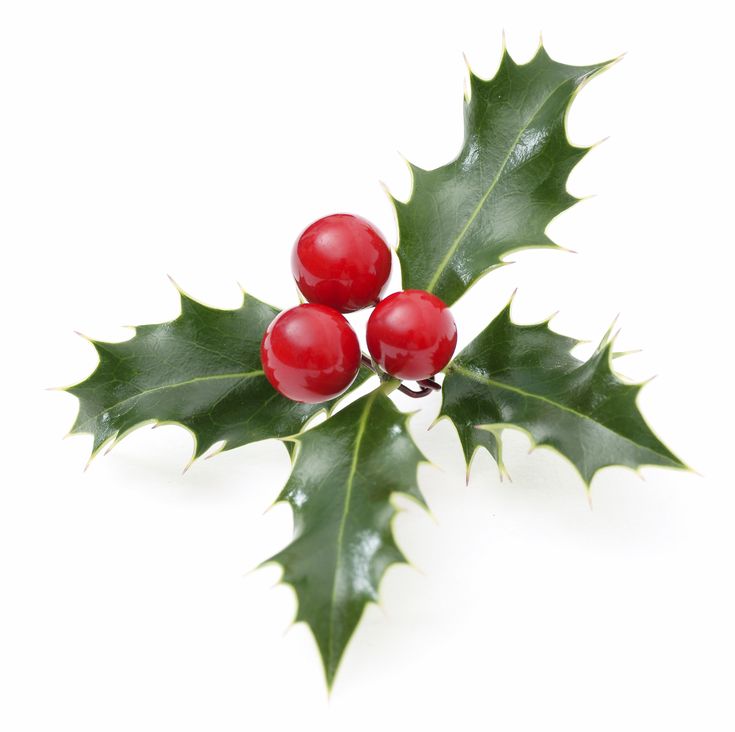 It's sometimes used as an indoor Christmas tree; although it does not look like other conifers, it has more spaced-out billowy branches. When indoors, it prefers bright light. It tends to lean toward the light, so turn it from time to time so its trunk remains straight. It can't handle heavy ornaments, so consider that limitation if planning to make it your primary holiday tree.
It's sometimes used as an indoor Christmas tree; although it does not look like other conifers, it has more spaced-out billowy branches. When indoors, it prefers bright light. It tends to lean toward the light, so turn it from time to time so its trunk remains straight. It can't handle heavy ornaments, so consider that limitation if planning to make it your primary holiday tree. - USDA Hardiness Zones: 10 to 11
- Sun Exposure: Full, partial
- Soil Needs: Sandy, acidic
-
18 of 22
The Spruce / Kara Riley
Cyclamen are popular holiday plants for their beautiful blooms that emerge over the holidays. They make lovely table centerpiece plants. This plant prefers cooler temperatures for blooming its butterfly-like petals in white, pink, or red. If kept cool, they can bloom for six months or longer. It sports silver-frosted leaves. It can't handle warmer temperatures, going dormant during the summer.
 This perennial rebounds year after year with abundant blooms.
This perennial rebounds year after year with abundant blooms. - USDA Hardiness Zones: 9 to 11
- Sun Exposure: Partial
- Soil Needs: Loamy, moist, well-drained, acidic
-
19 of 22
The Spruce / Letícia Almeida
Moth orchids are among the most beautiful of flowers, delicate and elegant; they're popular holiday gifts. Once you learn how to keep them, you'll have them blooming in the winter and year-round. Their unique roots only need water once a week and can be kept soilless. Don't let it get cold; make sure it has bright, indirect light, and give it some humidity to see it thrive and live for years.
- USDA Hardiness Zones: 10 to 12
- Sun Exposure: Partial
- Soil Needs: Coarse tree bark, coarse sphagnum peat, and moss; water culture
-
20 of 22
Jonelle Weaver/The Image Bank / Getty Images
Gardenias are among the most fragrant flowers and are popular as potted holiday plants.
 The species G. thunbergia (wild gardenia) also blooms throughout the winter. They are tender evergreen shrubs with shiny, dark-green leaves native to the tropics. If you live in warmer, humid regions, plant them in the fall or spring in a partial sun location.
The species G. thunbergia (wild gardenia) also blooms throughout the winter. They are tender evergreen shrubs with shiny, dark-green leaves native to the tropics. If you live in warmer, humid regions, plant them in the fall or spring in a partial sun location. - USDA Hardiness Zones: 8 to 11
- Sun Exposure: Partial
- Soil Needs: Rich, well-drained soil, peat-based potting mix in containers
-
21 of 22
The Spruce / Evgeniya Vlasova
Wintergreen keeps color in your landscape throughout the winter with minty, glossy green leaves and bright red edible berries. It thrives in cooler climates but can be brought inside for the winter as a low-mounding potted plant, sporting its classic Christmas colors that make it a perfect table centerpiece.
- USDA Hardiness Zones: 3 to 7
- Sun Exposure: Partial
- Soil Needs: Low nutrient, good drainage, acidic
-
22 of 22
The Spruce / Evgeniya Vlasova
Helleborus niger is also known as the Christmas rose since it flowers in winter; although it's not in the rose family, it's a buttercup.
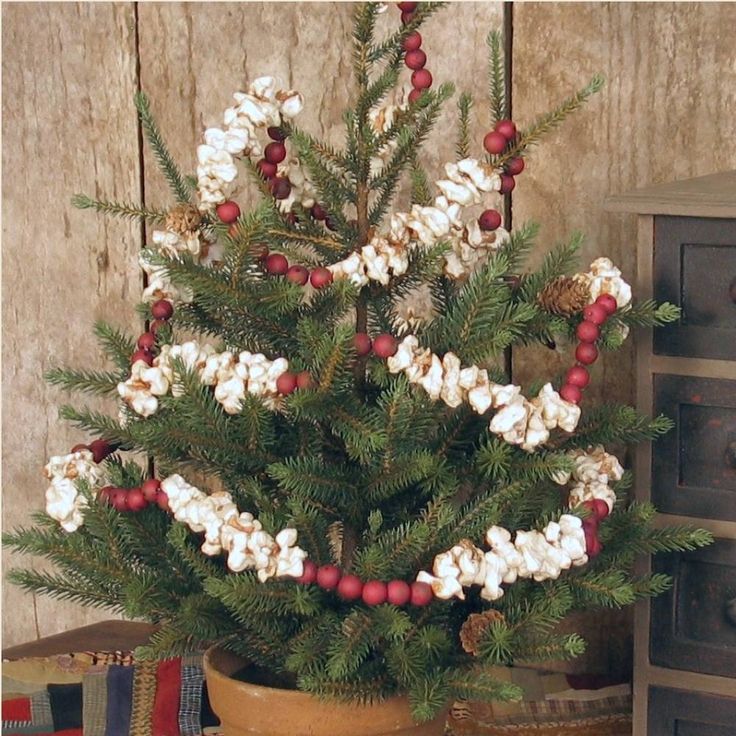 This evergreen plant is like a poinsettia, with leaves resembling petals. Its flowers last long, giving a barren winter landscape a beautiful gift. It prefers shade, and deer and rabbits avoid it as an extra perk.
This evergreen plant is like a poinsettia, with leaves resembling petals. Its flowers last long, giving a barren winter landscape a beautiful gift. It prefers shade, and deer and rabbits avoid it as an extra perk. - USDA Hardiness Zones: 3 to 9
- Sun Exposure: Partial
- Soil Needs: Moist but well-drained
9 Natural Outdoor Christmas Decoration Ideas
5 Most Popular Christmas Plants
Decorating your home for Christmas with natural flowers is an age-old tradition. It is customary to buy flowers not only for decorative purposes, but also as a gift to relatives and friends. This is due to the fact that the traditional color scheme of Christmas includes red and green colors, and with the very symbolism of flowering plants: love and prosperity.
In our article we will talk about 5 Christmas plants that have long become symbols of the bright holiday of Christmas. nine0004
Poinsettia, or scientifically the most beautiful Euphorbia, has been one of the most popular Christmas plants for more than two centuries.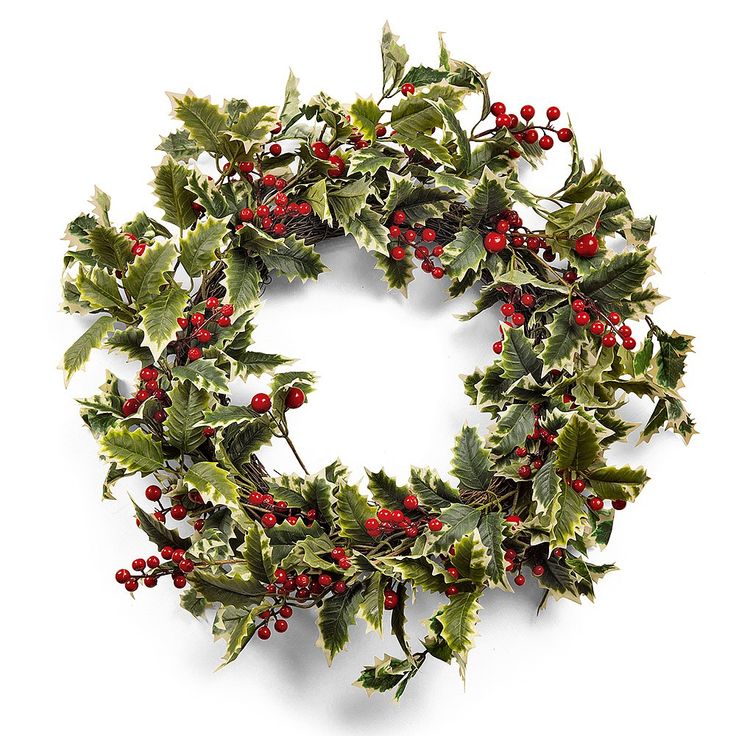 In the west and in Europe, a full-blown poinsettia is a sure sign of the coming Christmas holidays and is widely used to decorate shopping centers, temples, apartments and houses. The most popular is considered to be a variety with a combination of red and green colors, which are traditional for Western Christmas.
In the west and in Europe, a full-blown poinsettia is a sure sign of the coming Christmas holidays and is widely used to decorate shopping centers, temples, apartments and houses. The most popular is considered to be a variety with a combination of red and green colors, which are traditional for Western Christmas.
Fact
The poinsettia was named after Joel Roberts Poinsett, the first United States minister to Mexico, who, as a botanist, was the first to introduce cuttings of this plant into the United States.
Poinsettia Care Tips:
- It is important to protect the plant from the cold when transporting, as it is a tropical plant and cannot tolerate even short-term exposure to cold. For the same reason, the leaves of the Christmas star must not touch the cold glass
- Optimum temperature for poinsettia is +18°С-+22°С, if the temperature is too low or high, the plant may drop leaves completely
- Poinsettia needs moderate regular watering and responds well to water sprays.
 For irrigation it is necessary to use warm soft water, moisten the clod of earth completely, and the rest of the water from the pan must be drained
For irrigation it is necessary to use warm soft water, moisten the clod of earth completely, and the rest of the water from the pan must be drained - In an apartment, the Christmas star is best kept in a sunny place, without drafts and away from radiators
Mistletoe is an elegant plant that is associated with many Christmas traditions, one of which is kissing under a hanging mistletoe twig. This original tradition originates in Norse mythology, where mistletoe was subordinate to Freya, the goddess of love, beauty and fertility. It is believed that mistletoe reveals its magical properties precisely under
Christmas bringing health, love and prosperity to the house. On Christmas Eve, mistletoe sprigs decorate the entrance to the house, decorate lighting fixtures and Christmas wreaths, and are also used in serving the festive table. nine0004
In nature, mistletoe lives, or better to say - parasitizes, on the branches of trees and shrubs, where it grows into spherical bushes and takes moisture and nutrients from inside the tree on which they grow.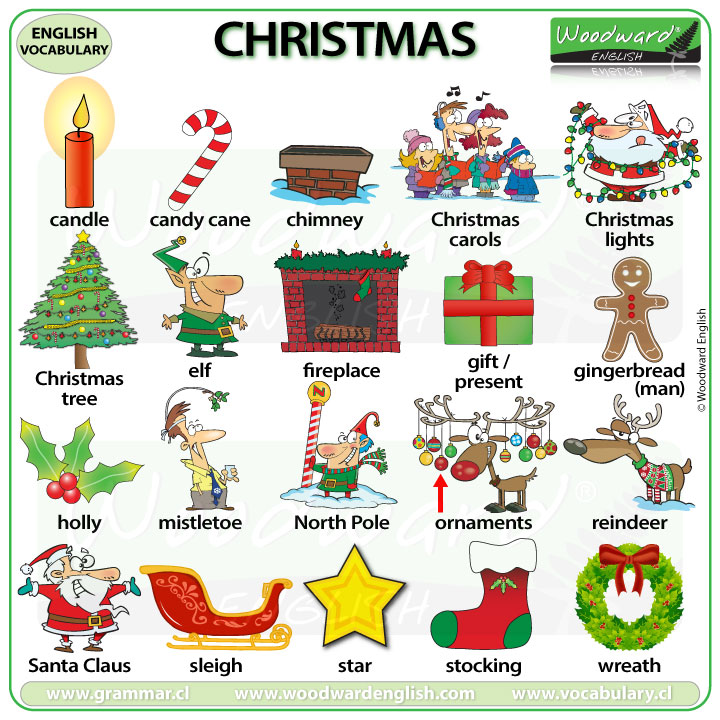
1
Hippeastrum is an indoor bulb flower with huge red, pink and pale yellow flowers. In many Western countries, it is customary to give this flower for the Christmas holidays, adding notes of warmth and hospitality to the interior of the house. Hippeastrum flowers are used in Christmas bouquets, in interior design, and also decorate the flower itself directly, making it a miniature Christmas "tree". nine0004
Hippeastrum care tips:
- Before planting, soak the lower part of the bulb in water at room temperature for 5-6 hours, after which the bulb is planted in a pot with well-fertilized soil. The hippeastrum bulb should be halfway out of the ground
- After the first arrows appear from the bulb, the plant should be transferred to a warm place with a temperature of +18°С-+20°С and the hippeastrum should be watered a little more actively, in addition, you can spray the peduncle with soft warm water
- 6-8 weeks after planting, bright large flowers bloom and leaves begin to develop
- As soon as the hippeastrum has finished blooming, the peduncles are cut off about half, and the plant begins its growing season.
 During this period, it is moderately watered and fertilized 2-3 times a month
During this period, it is moderately watered and fertilized 2-3 times a month - When the bulb gains strength, it goes into a state of "rest" for 2-3 months, after which it begins to bloom again
Schlumbergera, also known as the Decembrist or Christmas cactus, got its names due to its flowering period: from early November to late January. Due to its unpretentiousness and long flowering, zygocactus is popular with many lovers of indoor plants, especially during the festive winter period, when it is so nice to add bright colors to the interior of the house.
Schlumbergera care tips
- Christmas cactus prefers partial shade and indirect light and does not tolerate bright sunlight
- Watering should be uniform without excessive waterlogging or drying out. For irrigation, it is best to use soft settled or boiled water
- Optimal temperatures for keeping a Christmas tree: +18°С-20°С degrees in summer and +13°С-15°С in winter
The holly is a genus of shrubs and trees closely associated with Christmas thanks to its bright green leaves and eye-catching red berries.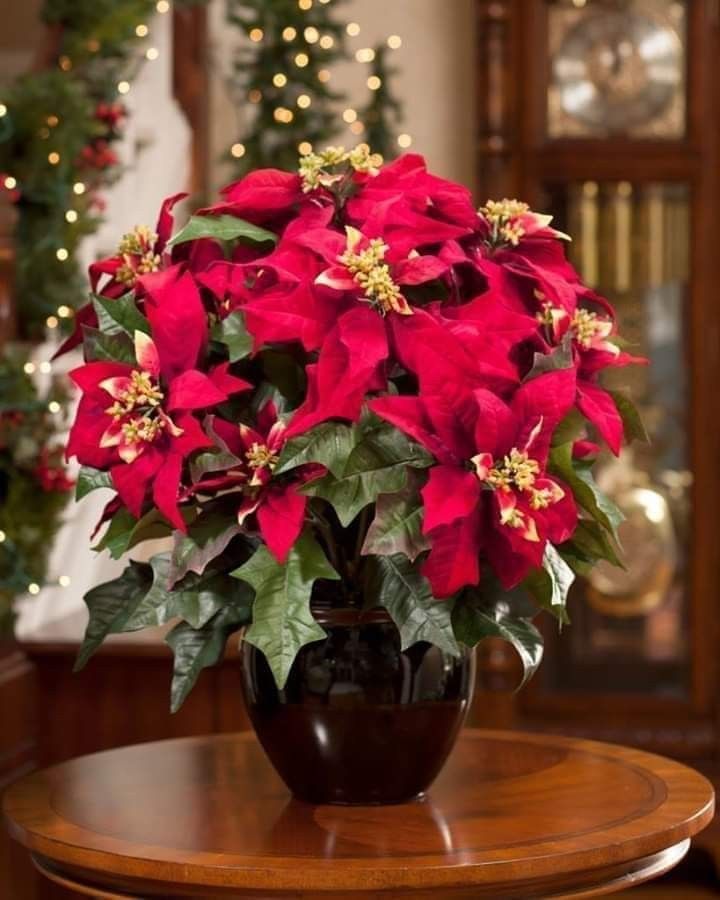 As with mistletoe, holly was used in ancient Rome during the winter festivities, which were later replaced by Christmas. Today, holly sprigs are widely used in the decoration of the festive Christmas table, the room, as a material for a Christmas wreath, decorative compositions, and sometimes even as a replacement for the traditional Christmas tree. nine0004
As with mistletoe, holly was used in ancient Rome during the winter festivities, which were later replaced by Christmas. Today, holly sprigs are widely used in the decoration of the festive Christmas table, the room, as a material for a Christmas wreath, decorative compositions, and sometimes even as a replacement for the traditional Christmas tree. nine0004
Holly is rarely found in a house or apartment, but it takes root well in the garden, as many of its species are frost-resistant, it lends itself well to curly haircuts, is not picky about the soil and feels good in the most unfavorable light conditions.
Christmas flowers and plants
Traditional Christmas flowers
Christmas is a holiday that is especially rich in traditions and is celebrated together with family and friends. Flowers and plants have long played a special role in the Christmas holidays. In particular, flowers such as poinsettia, Christmas cactus, holly, Christmas roses, ivy and mistletoe symbolize the joy and spirit of Christmas. The traditional colors are red, white, green and gold. nine0004
The traditional colors are red, white, green and gold. nine0004
Poinsettia
The delightful poinsettia has become a symbol of the New Year holidays with its green foliage and bright flowers. The color varies from pure white to shades of pink and red. Indoor poinsettia is a popular Christmas Eve gift. Bright flowers are perfect as a spectacular holiday decor. This Christmas flower has a colorful history, symbolizes good mood and success, and brings joy and holiday atmosphere to your home.
Christmas rose
A popular Christmas flower that blooms in the middle of winter in the mountains throughout Europe. According to European legend, a shepherdess named Madelon discovered the Christmas rose. On an icy night, Madelon watched as the wise men and shepherds passed by her and carried gifts to the Christ child. But she did not have any gift for the child, she was very upset and cried. Suddenly, an angel appeared and brushed away the snow, revealing graceful Christmas roses.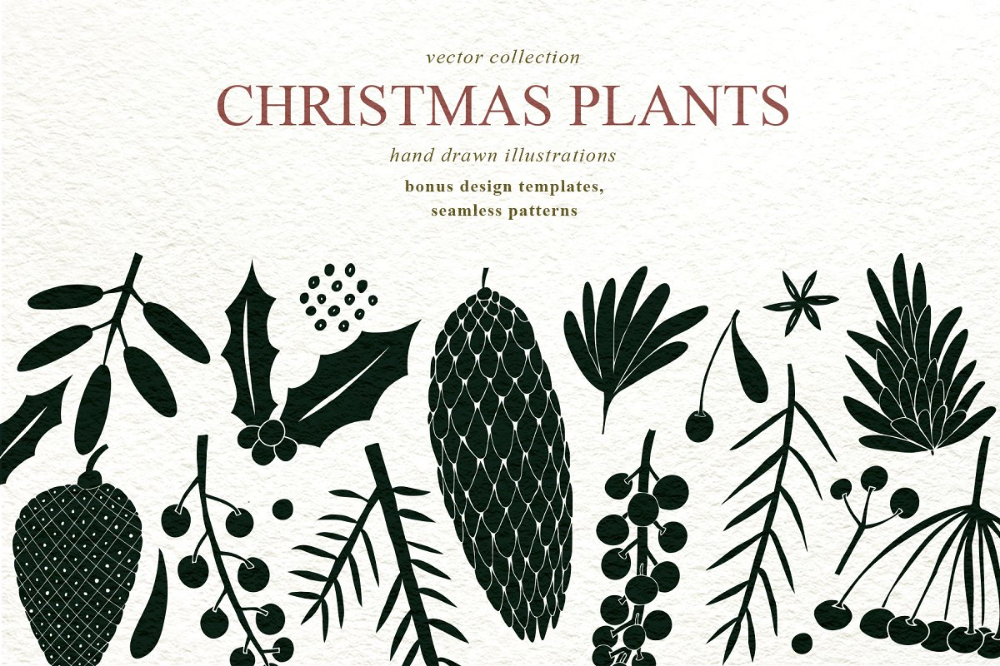 Madelon collected them and presented a gift to Christ. nine0004
Madelon collected them and presented a gift to Christ. nine0004
Christmas Cactus
This is a great Christmas Eve gift idea, especially when it's in full bloom. Great choice for hanging baskets and interior decoration. The flowers are vibrant and come in a wide variety of colors - red, purple, orange, pink and white.
Mistletoe
The plant has thick, leathery leaves with white berries and grows almost anywhere in the world. The tradition of hanging it in the house dates back to the time of the ancient Druids. He is supposed to have mystical powers that bring good luck in business and scare away evil spirits. Mistletoe is an important Christmas symbol, a sign of peace, goodwill and love. nine0004
Holly
Evergreen shrub with glossy green leaves with sharply serrated edges, small white flowers and red berries. In Christian symbolism, the leaves represent eternal life, while the red berries symbolize the blood shed by Christ.


